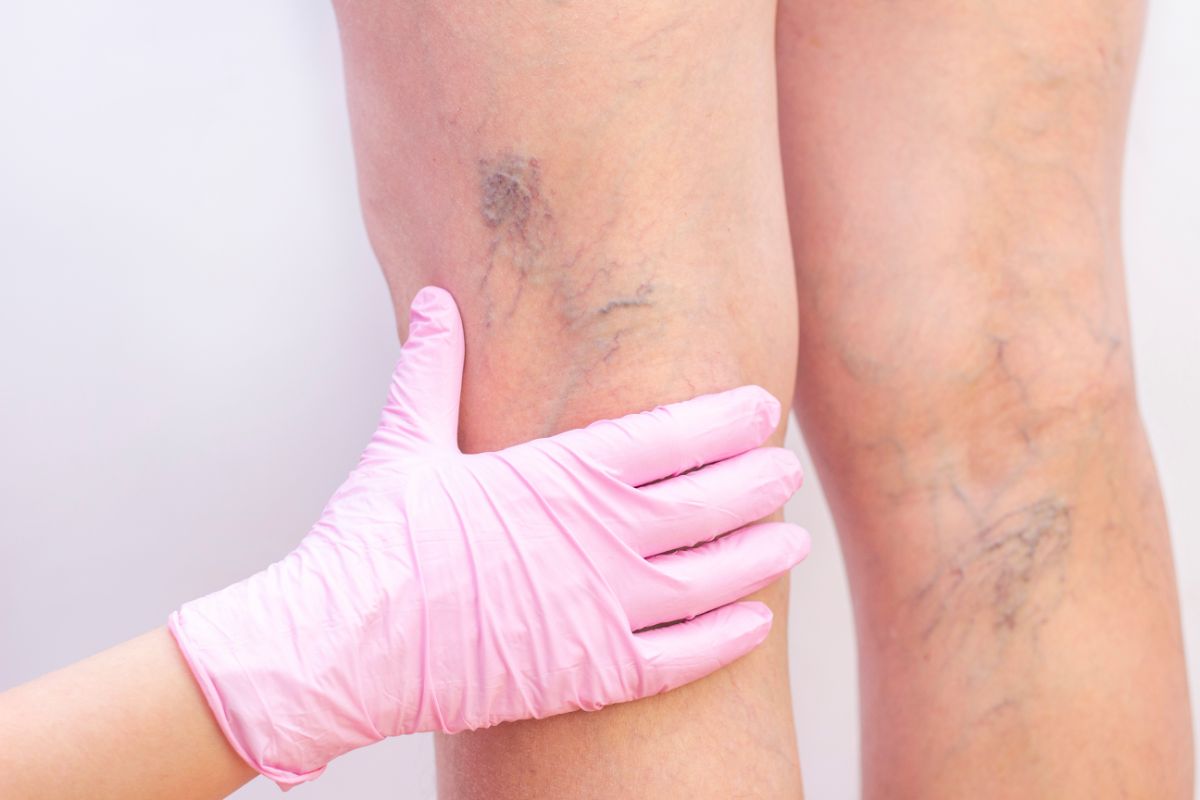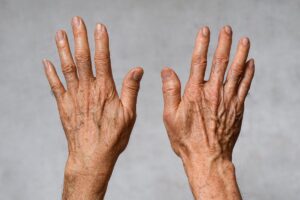Varicose veins, which can often appear as twisting and dilation of blood vessels near the skin’s surface, may cause pain, heaviness and itching in legs.
Varicose veins are more prevalent among women due to the way that female hormones can cause the walls of veins to stretch and dilate, as well as caused by other health problems that increase pressure in veins, such as obesity, pregnancy, chronic constipation or tumors.
Table of Contents
Endovenous Laser Ablation
EVLT (Endovenous Laser Treatment) is an office-based procedure to treat varicose veins without hospitalization, general anesthesia, surgical incisions or lengthy recovery periods. Instead, ultrasound detects diseased veins before injecting special solutions designed to close off these diseased vessels using laser-like light energy – similar to Sclerotherapy treatment but less invasive.
Varicose veins caused by abnormal blood flow and high pressure within the wall of veins, often due to hormonal changes, pregnancy, age or obesity; prolonged sitting/standing; lack of exercise; medications like blood thinners or anti-inflammatories as well as aspirin may contribute to varicose veins as well.
At the start of an EVLT procedure, a phlebologist or interventional radiologist will clean and numb the leg to treated before administering local anesthetic to numb it further. Next, using ultrasound, they insert a needle near ankle or knee vein and thread a wire through it; after which a laser sheath with laser light closes off any unhealthy varicose veins along its path by passing along wire with laser beam inserted inside sheath along which then leads back up through healthy veins while no longer sending blood back through problem varicose veins causing them to gradually shrink and fade away eventually.
Once completed, radiologists will remove the sheath and laser catheter before applying a bandage over any tiny opening in the skin. Patients often experience some post-procedure bruising and swelling which is normal; to reduce it it is important to follow your doctor’s recovery advice in order to lessen bruising and swelling as much as possible; they may recommend wearing compression socks which help improve circulation thus helping with decreasing bruising and swelling.
After having undergone ablation, your varicose vein may feel sore for several days following treatment, however this is normal and should subside over time. Nonsteroidal anti-inflammatory drugs may help alleviate some of the pain; in addition, during your recovery phase your doctor will perform an ultrasound examination within one week to make sure no new clots have formed within treated veins.
Endoscopic Vein Stripping
Varicose veins are dilated blood vessels that protrude through your skin’s surface and twist beneath. While not usually painful, varicose veins can often cause throbbing, swelling and itching and are unsightly to look at. Varicose veins form when valve flaps in blood vessels rupture, allowing blood to leak backward into veins causing them to expand larger than they should and become visible beneath your skin’s surface – usually appearing on legs first.
There are various medical procedures that can treat varicose veins by eliminating or closing them, including surgery, laser treatment and injections. This treatment may help alleviate symptoms while preventing complications and improving aesthetics.
Most varicose vein treatments performed outpatient, meaning you can return home on the same day. Your doctor will give specific instructions about how to prepare for your procedure; such as whether or not to consume certain foods or medications before it.
Your doctor may perform an ultrasound test called Doppler or Duplex to get a more in-depth view of your blood vessels and veins before surgery. This involves having a handheld device placed against your body with sound waves sent through veins and arteries to create an image of blood flow on a screen. An angiogram may also ordered so they can identify veins more clearly by injecting dye into them to outline them on x-ray images.
A vascular surgeon typically performs this procedure, also referred to as varicose vein stripping and ligation, also known as varicose vein stripping and ligation. This surgery can help treat chronic venous insufficiency (CVI), which causes painful swelling and skin sores due to pooled blood in leg veins; CVI can lead to dangerous blood clots forming which must also manage.
Your doctor will make a 4-6cm cut in the skin crease of your groin to create an incision slanting upward. A wire then threaded through this hole into your damaged vein’s top end, guided down until knee level and tied off (ligation) or stripped (stripping) before being pulled out (stripping).
Sclerotherapy
Sclerotherapy is an innovative treatment option for varicose veins that involves injecting a special solution directly into the affected vein. The injection damages its interior lining, prompting it to close. Over time, however, your body naturally removes this damaged vein. Sclerotherapy typically used to treat small varicose and spider veins, although it may also help in shrinking or eliminating larger varicose veins. The solution used in sclerotherapy usually consists of sodium tetradecyl sulfate (STD). At its core, varicose vein treatment is very safe and effective, though in rare instances skin may become red or itchy at the injection site. The procedure typically takes an hour or less at a health care provider’s office. After cleansing the area beforehand, a member of their health care team inserts thin needles into abnormal veins on your leg that feel like pinpricks during injection – expect multiple sessions depending on the severity of your varicose veins.
After injecting, your doctor will apply an elastic compression stocking and bandage. Wearing both will aid healing while decreasing risk of blood clot formation. By following their directions for wearing, this can help your leg heal while decreasing chances of blood clot formation.
Sclerotherapy should not perform if you are pregnant, breastfeeding or bedridden, and it is essential that any history of blood clots, heart disease or medications such as aspirin, ibuprofen (Advil, Motrin IB and others), naproxen sodium (Aleve, Anaprox DS) or iron supplements disclosed to your health care provider.
People who already have varicose or spider veins can develop new ones over time. This occurs as healthy veins that were in good condition at the time of surgery may later experience problems and require another form of treatment such as phlebectomy or endovenous laser ablation. Furthermore, new varicose veins may appear years after initial vein treatments undertaken, typically because their underlying issue has yet to be treated effectively.
Vascular Surgery
Varicose veins caused by faulty valves allowing blood to pool. Treatment may help ease symptoms, reduce complications such as leg ulcers or skin discoloration and enhance appearance; many opt for this procedure solely for cosmetic reasons.
Radiofrequency ablation or microphlebectomy, two minimally invasive procedures used to treat varicose veins with minimally-invasive methods that are less painful and require faster recovery than traditional stripping procedures, offered at this practice. Before each procedure carried out, an injection or shot of numbing medicine will be given around the affected vein before inserting a thin catheter tube called a catheter into it – with short bursts of radiofrequency energy delivered from a transmitter heat up its walls and cause it to close down over time.
Following surgery, patients must keep their legs elevated for several days post-procedure. You may experience some post-surgery discomfort and bruising; these should gradually subside over time. Your physician may suggest staying close to home and staying out of long plane journeys until symptoms have subsided.
During this procedure, a doctor will make a small incision near the affected vein and insert a catheter, then run it along its interior while administering short bursts of radiofrequency energy into it to cause its walls to collapse, closing off varicose veins eventually under local anesthetic. A painless ultrasound may also administer at this time to detect problematic veins so he or she can determine the most effective course of treatment.







